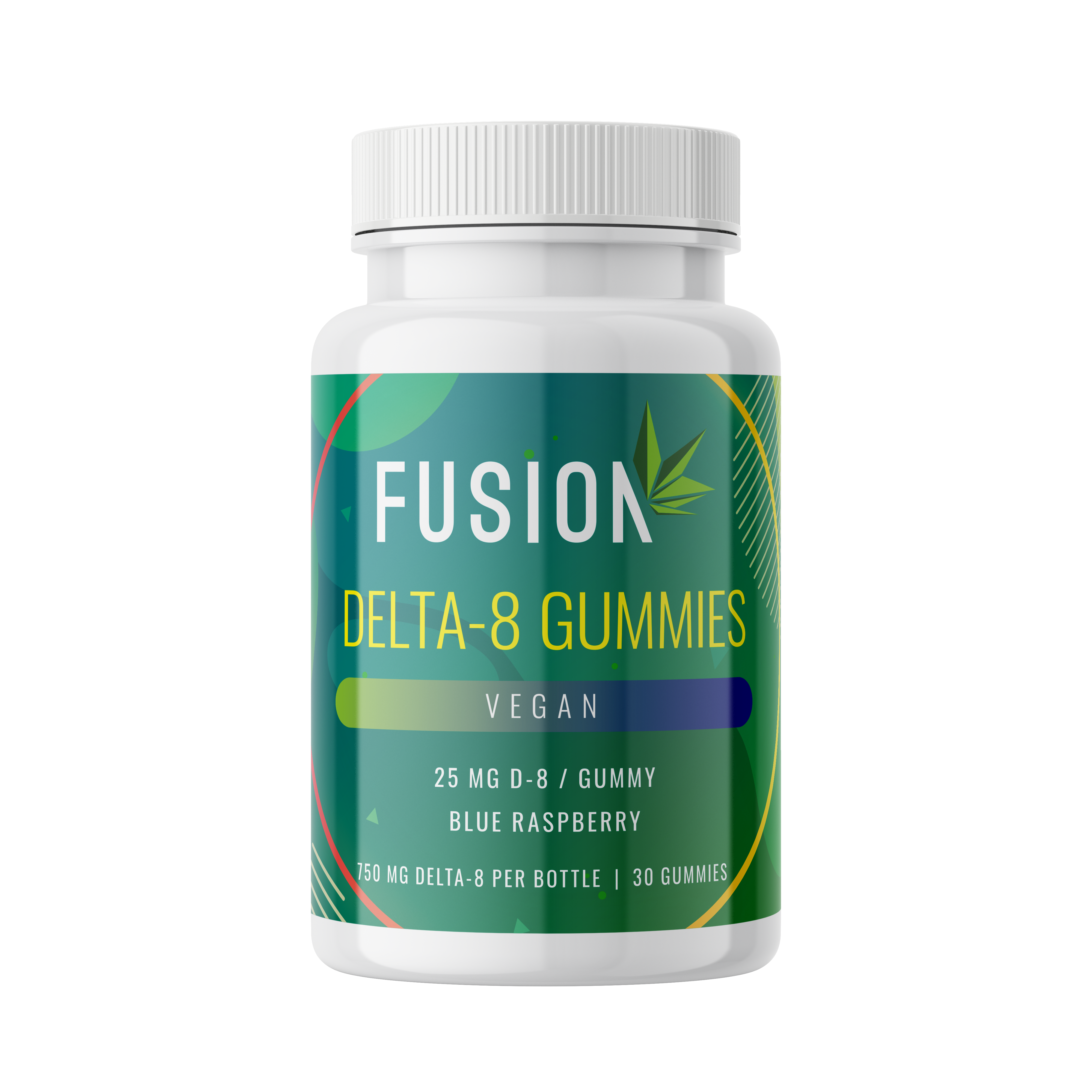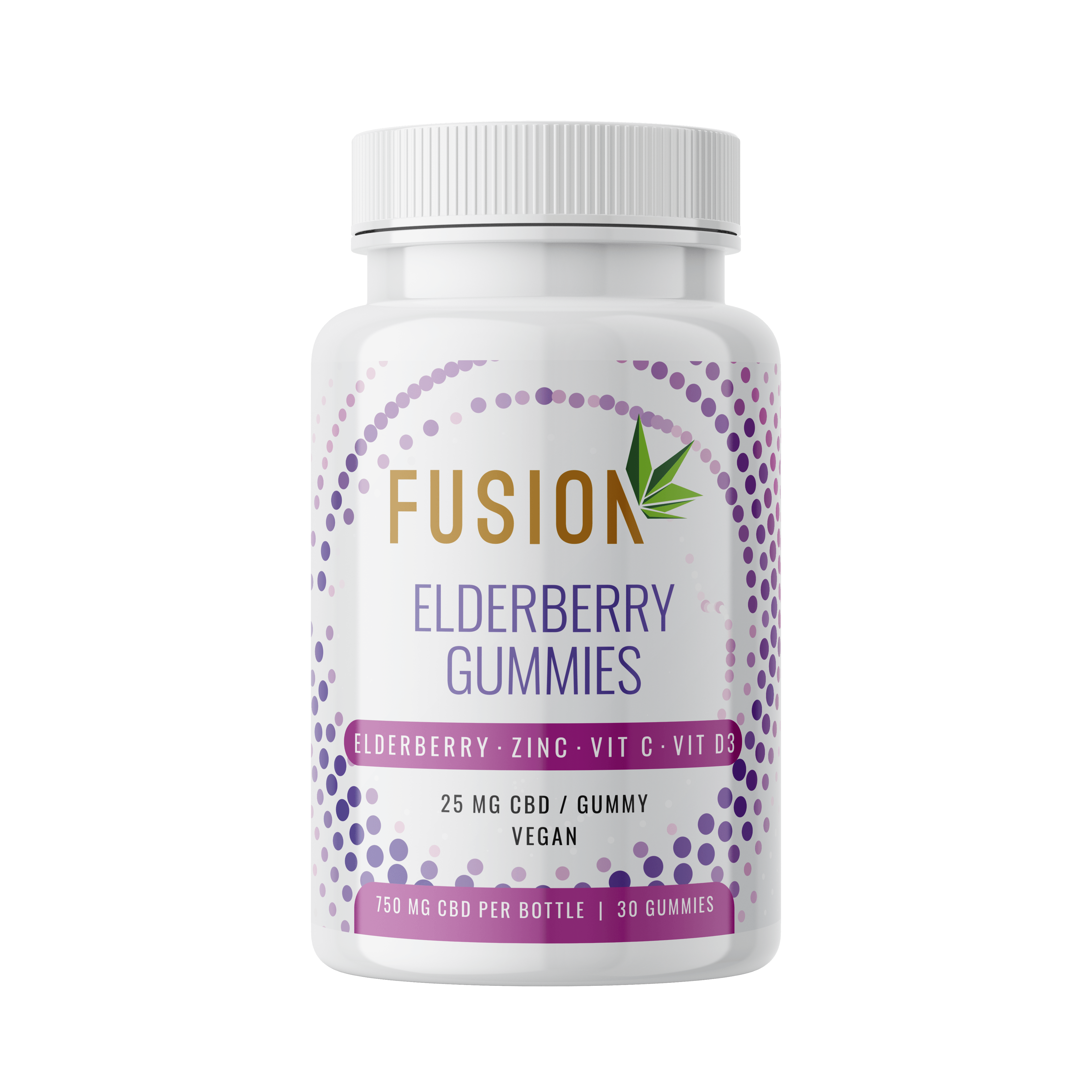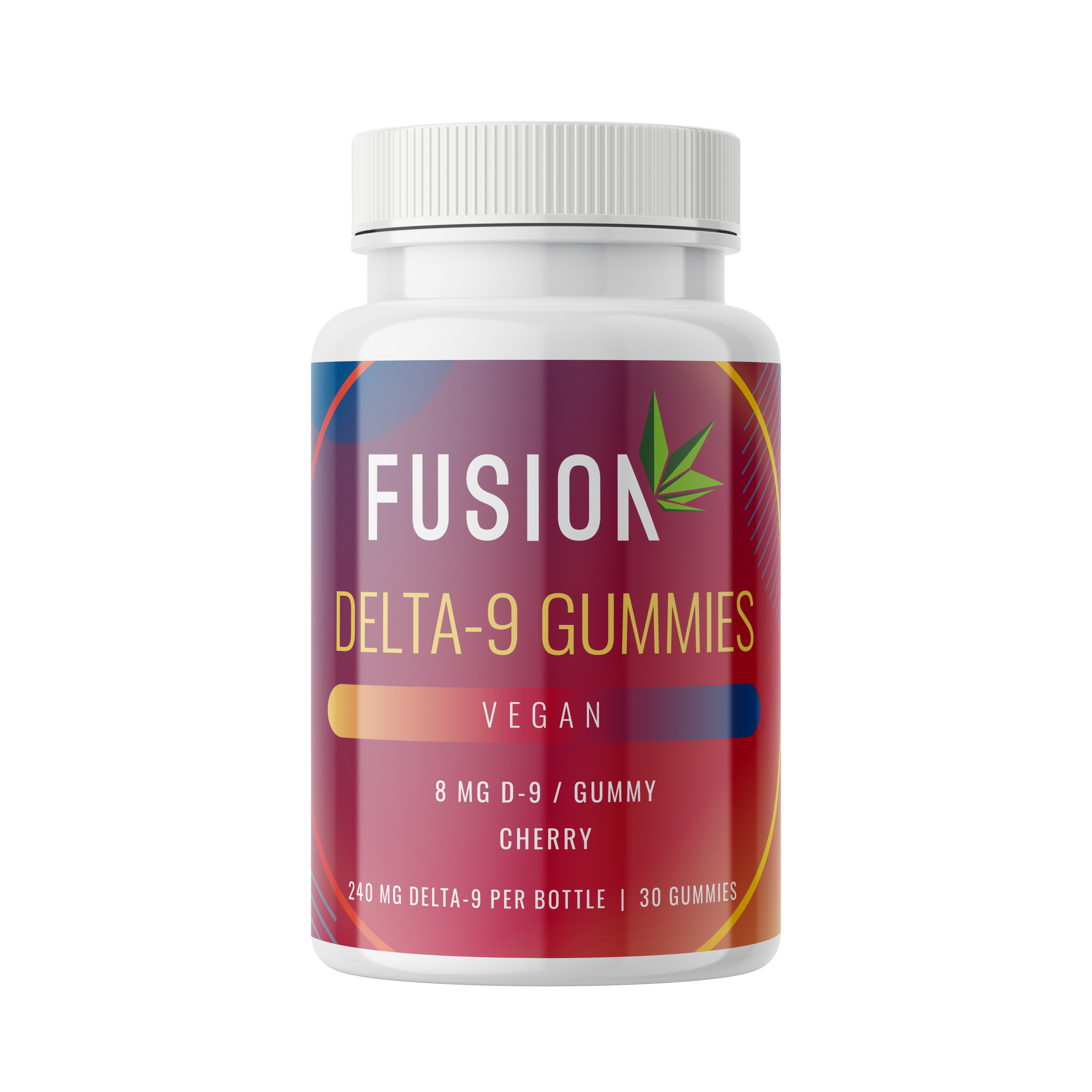News
Beginner’s Guide To Cannabis Edibles
You’re not the only one if the word “cannabis edible” makes you cringe. In the past, many cannabis users had to bake their weed edibles at home, and the results typically left a lot to be desired. However, with the growing legalization of marijuana in the US, those days are behind us.
Edibles are now delicious, come in various forms, and, most importantly, are much more precisely dosed thanks to the creativity of cannabis businesses. If you’re interested in cannabis edibles, experimenting to find the dose you want is now easier than before.
Yet, the cannabis-infused food and drink industry is booming, and it is now more difficult than before to find what you want in the increasingly diverse market. Keep reading this beginner’s guide to cannabis edibles to learn more about cannabis edibles, their dosing, benefits, risks, and some tips for beginners.
Cannabis Edible: A Novel Method of Cannabis Consumption
Cannabis edibles are cannabis-infused food or drink products with a more prolonged, more substantial effect than other cannabis products. Cannabis edibles are also a delicious alternative for folks who don’t want to smoke THC.
This method of cannabis consumption is also more convenient for those who are new to cannabis or who are unable to inhale because of medical concerns. Edibles resemble typical baked goods, pastries, and drinks and are frequently made to appeal to young people.
Check Out Other Fusion CBD Products

Delta-8 THC Vegan Gummies

Vegan CBD Gummies – Elderberry

Vegan Delta-9 Gummies 240mg
How is Marijuana Edible Made?
Cannabis goes through a rigorous procedure to be ready for consumption. THC is incorporated into either cannabutter or canna oil for preparing baked goods. To ensure appropriate usage of the product, the level of THC in the product must be at a safe level.
Cannabutter can be used in place of conventional butter, and canna oil can be combined with any other cooking oil. Liquid edibles are made by adding drops of cannabis extract or tinctures to drinks. In general, cannabis edibles are made as follows:
- Decarboxylation: Decarboxylation is a process of generating the psychoactive compounds in cannabis, including Delta-9 and Delta-8, through heating. Cannabis flower or extract is usually baked at a low temperature for a specified amount of time in an oven.
- Infusion: Once the cannabis is decarboxylated, it can be infused into fat-based food, such as butter, oil, or milk. There are several ways to infuse the edibles, such as using a double boiler, crockpot, or sous vide machine.
- Cooking: Cannabis-infused ingredients can be used to make a variety of edibles, such as brownies, cookies, gummies, and chocolates. Infusion ingredients are generally combined with other recipe ingredients and baked, cooked, or frozen to create the desired edible.
Keep in mind that the potency of cannabis edibles can vary greatly depending on the amount and the flower strain. To prevent overconsumption and undesirable side effects, it is essential to start with a low dosage and wait at least 2 hours before taking more.
The Effects of Cannabis Edibles on the Body
The effects of consuming cannabis edibles might vary greatly from those of smoking or vaping. The liver processes the cannabinoids in the edibles after ingestion and changes Delta-9 tetrahydrocannabinol (THC) into the more powerful 11-hydroxy-THC.
Compared to inhaling smoke or vapor, the effects of edibles are more delayed. In this method, the body responds to cannabinoids between an hour and 90 minutes after consumption.
This is because the process of absorption is delayed as the food travels through the digestive system. The duration of the effects can vary depending on the dosage, the person’s metabolism, and other factors. Once the effects do start to take effect, the peak can last for several hours.
The body’s reaction to edibles can also be influenced by a person’s weight, tolerance level, and other characteristics. While some may suffer negative effects including anxiety, paranoia, and a faster heartbeat, others may experience relaxation and euphoria.
You will learn about the different factors that affect your dosing later in this blog.
Research into Cannabis Extract Edibles
Sara Jane Ward, Ph.D., an assistant professor of pharmacology at Temple University who researches pain treatment with CBD and cannabis, reports that much of what scientists know about medical cannabis comes from animal studies or personal anecdotes.
Although these types of studies can be beneficial, doctors like to see much bigger and more thorough studies before making precise recommendations on managing symptoms using cannabinoids. This study gap results from cannabis’s legal status in the United States.
Unfortunately, without any advice, the consumer is forced to make a lot of decisions on their own about which products to use. However, we tend to forget that, although the process of trial and error might be scary, it can also be enjoyable.
Take this time to be conscious and learn more about how your body reacts to such experiences, even if your product isn’t ultimately good for you. Consuming cannabis is one of those rare occasions we can take a step back and think about what we’re doing.
CBD & THC: An Overview
Cannabidiol, or “CBD,” is a naturally occurring substance discovered in the cannabis plant. This substance is non-psychoactive, which means it does not result in the “high” associated with marijuana use.
Due to its potential medical benefits, such as reducing inflammation, anxiety, and pain, CBD has become a popular compound in the past few years. There are many different forms of CBD products, including oils, capsules, topical creams, and edibles. However, it’s crucial to note that the FDA does not yet regulate CBD products, so it’s crucial to conduct thorough research and buy only from reliable suppliers.
Delta-9 tetrahydrocannabinol, also known as THC, is another prominent chemical substance found in cannabis plants. THC is cannabis’ primary psychoactive ingredient and what gives the plant its recognizable “high” or euphoric effects.
THC affects a person’s mood, perception, and cognitive performance by attaching to cannabinoid receptors in the brain and nervous system. THC is commonly consumed by smoking dried flowers, but it can also be consumed in the form of edibles, oils, and tinctures.
Adding CBD to THC in marijuana edibles can improve the medical benefits, such as pain or anxiety management, while reducing the adverse effects, such as confusion and an accelerated heart rate.
CBD suppresses THC’s intoxicating effects on the body, allowing users to reap the medical benefits of cannabis without being as high. Balanced edibles, or those with a 1:1 CBD: THC ratio, are the perfect option for medical purposes and cause less impairment than THC-only marijuana edibles.
So, when 5 mg of THC is combined with 20 mg of CBD, a person who feels moderately stoned or impaired after ingesting 5 mg of THC will likely feel less or not high.
Benefits of Edibles over Other Forms of Cannabis
As a part of Beginner’s guide to cannabis edibles, we should talk about the benefits of edibles over other products. The increased legalization of cannabis in the United States has led to the more widespread availability and more flavorful edibles that contain THC, CBD, and other cannabinoids.
That means you can now shop for cannabis edibles without worrying about what’s inside. Let’s go through some of the well-known advantages of cannabis edibles.
The Healthier Alternative
When talking about cannabis usage, the first thing that comes to mind is smoking. However, it’s not the best option – especially for medical marijuana users.
Combusting plant waste and inhaling hot smoke and toxins have been demonstrated to negatively impact respiratory health, which is especially concerning for asthma patients. Even though smoking cannabis is significantly less harmful than smoking tobacco, the inflammation of the airways can still be dangerous.
Discreet Consumption
In comparison to smoking or vaping, edibles leave no trace, making them a discreet and portable way to enjoy cannabis.
A smoking session necessitates using a few tools (at the very least a lighter for joints) and dabbing blow torches and sophisticated rigs might be scary to the inexperienced cannabis user.
On the other hand, consuming marijuana edibles is much simpler since we all know how to eat and drink.
Easier to Administrate
You’ve surely heard horror stories about homemade recipes infusing edibles with unknown amounts. Licensed cannabis producers sell properly dose edibles in different flavors, formulations, and THC profiles as legal markets in the United States expanded.
It’s simple to buy edibles from your neighborhood dispensary and know that you’ll get the same quality every time.
Precise Dosing
If you’re using cannabis for medical purposes, or you’re new to the experience, you need to be careful with your dosage. It is simpler to monitor and ingest regular amounts of THC, CBD, or other cannabinoids while using edibles rather than smoking or vaping.
Most companies provide detailed information on the level of THC and CBD and offer instructions to use.
Exceptional Variety
If you don’t like the pungent smell of flowers, or you like to spice up your cannabis experience, edibles are a great option. Thanks to the rapid growth of the cannabis market in the U.S., now you can find cannabis edibles in a wide range of flavors, including gummies, baked goods, chocolates, and beverages. So it’s simple to choose one that suits your preference.
Helps Manage Pain & Nausea
Like other types of medicinal marijuana, edibles have been shown to help with nausea and pain. But, since edibles take longer to take effect, they are ineffective in reducing unexpected bouts of nausea.
Therefore, you may want to save these goods for after you’ve done something you know will make you sick.
Cannabis edibles can also help those with arthritis, fibromyalgia, and nerve pain handle their chronic pain. Moreover, muscle spasms are frequently treated with medical cannabis (in any form).
Improved Appetite
Suppose you’ve recently lost your appetite or weight (due to illness or another reason). In that case, cannabis edibles can be of great help.
Dronabinol (an artificial chemical containing cannabinoids) was given to advanced cancer patients in one Canadian trial, which resulted in greater protein consumption, enhanced taste, and improved quality of life for the participants.
Cautious Before Eating Edibles
If you’re not careful, edibles can cause problems. It’s hard to ascertain their potency, and we’ve all known someone—perhaps you—who has overindulged in edibles and had a miserable night.
Taking Too Much Edible
One of the risks associated with the recreational usage of edibles is that people take the recommended dose, wait for about an hour, feel no effects, and stack doses afterward. Then, they have a significant amount in their system which can potentially cause serious side effects.
Of course, eating too many edibles won’t harm your overall health. However, you can easily avoid negative consequences by determining your tolerance level and optimal dosage before eating.
Drug Interference
Cannabis edibles and other forms of cannabis can interact with alcohol and several drugs, such as blood thinners. These interactions can amplify THC’s effects or interfere with the drug’s functions.
Accidental Consumption
The packaging labeling may indicate that the product contains THC. Yet, an edible may resemble and be mistaken for regular food when unwrapped.
Children, animals, and others may inadvertently consume cannabis-laced candy, chocolate bars, and other edible cannabis products. Researchers are unsure whether pregnant women and their babies are at risk or not, but you should still be cautious.
Cannabis Edible Side Effects
While cannabis can be beneficial for several conditions, they also have mild side effects and downsides. To begin with, the combination of edibles’ long latency period (the time it takes for their effects to appear) and their variable THC concentration makes them readily over-consumable.
This can cause several annoying symptoms, including reduced motor function, paranoia, drowsiness, dry mouth, and impaired visual perception. Although no one has ever overdosed on cannabis, it is necessary to exercise caution.
Cannabis Edible Dosing
As a beginner’s advice for cannabis edibles, it’s important to know how many edibles you need to consume in milligrams. To find your ideal dose, It’s vital to remember that each person has unique physical features that directly affect how they experience psychoactive drugs. Other factors that influence the strength of an edible include:
- The cannabis strain
- Product’s dosage
- User’s tolerance
Depending on these factors, two people may react extremely differently to the same consumable at the same dose—one may become very stoned, while the other does not. Always begin with a tiny dose of edibles and gradually increase until you reach your desired dose.
Cannabis Edibles for First-Time Users
If you’ve never tried edibles before, we suggest starting with 2.5 mg or a half dose. Here are some important pointers for first-time edible users:
Because dispensary edibles are sometimes sold in 5 mg or 10 mg dosages, it’s smart to buy gummies or another edible that can be easily cut up to make smaller doses.
When purchasing edibles, make sure each edible dosage is clearly labeled so you know how to take them.
Begin low and work your way up. Wait at least one hour after eating edibles before taking another 2.5 mg if you don’t feel anything or want more potent effects.
Choose The Best Edibles Product
Before you go shopping, bear in mind that while it is now legal for individuals 21 and older to own up to an ounce of cannabis, you will still need a doctor’s recommendation for medicinal marijuana until recreational marijuana sales begin.
Adults with a recommendation can use the internet to locate the nearest dispensary or shop for their cannabis products online.
It’s not uncommon to come across infused sweets with no labels from a festival or underground shop. However, reputable companies like Fusion CBD have voluntarily lab-tested their goods and packaged them with certified labels that show how much THC is included.
You can shop our CBD gummies now or learn more about how to choose the best CBD product for your needs first.
Final Thoughts
In this beginner’s guide to cannabis edibles, we discussed these new and trendy products in the cannabis market. Gummies, mints, brownies, pastries, beverages, and other food products containing cannabis are inconspicuous and can deliver long-lasting, harmless effects. They’re fantastic when used sensibly while understanding how much you’re ingesting.
Please examine and follow the regulatory restrictions for controlled substances in your state We recommend you proceed with caution Since there are so many unknown variables with cannabis products.
Start with half a normal dose and work your way up to assess your tolerance and find the perfect dose. Always give yourself a couple of hours to feel the effects before taking another bite of your edible weed.
Cannabis Edibles FAQ
What are cannabis edibles?
Cannabis edibles are food products that have been infused with marijuana or its active compounds, like THC or CBD. Common types of cannabis edibles include gummies, chocolates, brownies, cookies, and beverages like teas and sodas. They are a popular alternative to smoking or vaping cannabis, as they offer a discreet and convenient way to consume marijuana. Edibles typically take longer to take effect and can last for several hours.
How long do cannabis edibles take to kick in?
The time it takes for cannabis edibles to start working can vary greatly depending on a number of variables, such as the person’s metabolism, the quantity consumed, and the potency of the edibles. Cannabis edibles often take longer to work compared to smoking or vaping, which kick in within seconds. Generally speaking, cannabis edibles take between 60 and 90 minutes to kick in. However, they can take as long as two hours to do so. When using edibles, it’s important to be patient and refrain from consuming more than is advised since it can lead to unpleasant side effects.
How long do the effects of cannabis edibles last?
The body processes the active elements in edibles differently than in smoking or vaping. For this reason, the effects of cannabis edibles often persist longer than those of other methods of intake. Cannabis edibles typically last for 4-6 hours before wearing off, although individual factors like tolerance, metabolism, and dosage can affect the latency.
Can I become addicted to cannabis edibles?
It is possible to become addicted to any form of cannabis. Much like any substance that can make you feel “high”, cannabis can cause psychological dependence. The prolonged use can raise tolerance, cause withdrawal symptoms, and make it difficult to cut back or quit using. Additionally, cannabis edibles have a higher potential for addiction compared to other methods since they are more powerful and last longer. Thus, it’s crucial to consume cannabis edibles sensibly, and moderately.
